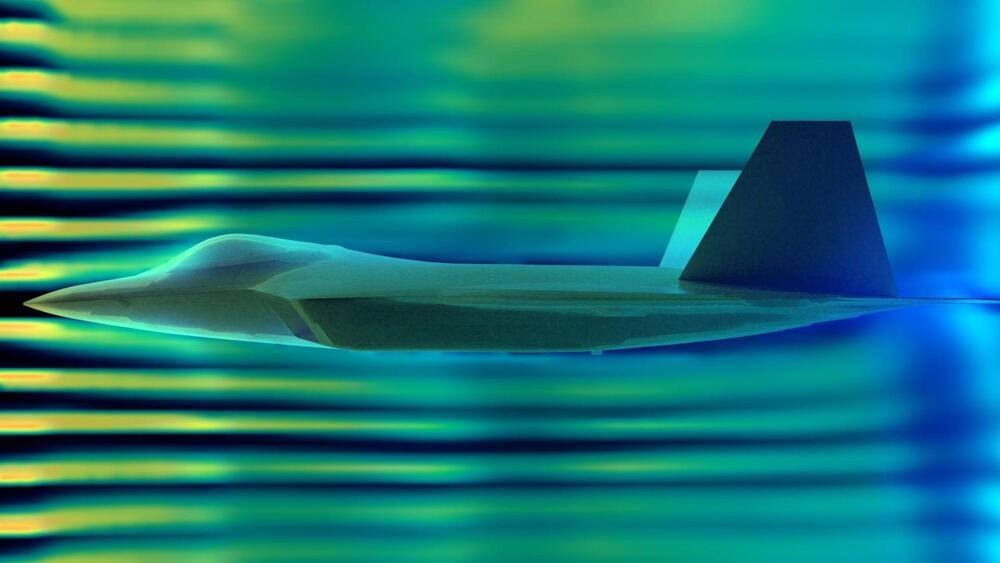DARPA’s Robotic Autonomy in Complex Environments with Resiliency (RACER) program has successfully completed one experiment and is now moving on to even more difficult off-road landscapes at Camp Roberts, California, for trials set for September 15–27, according to a press release by the organization published last week.
Giving driverless combat vehicles off-road autonomy
The program has stated that its aim is “to give driverless combat vehicles off-road autonomy while traveling at speeds that keep pace with those driven by people in realistic situations.”





